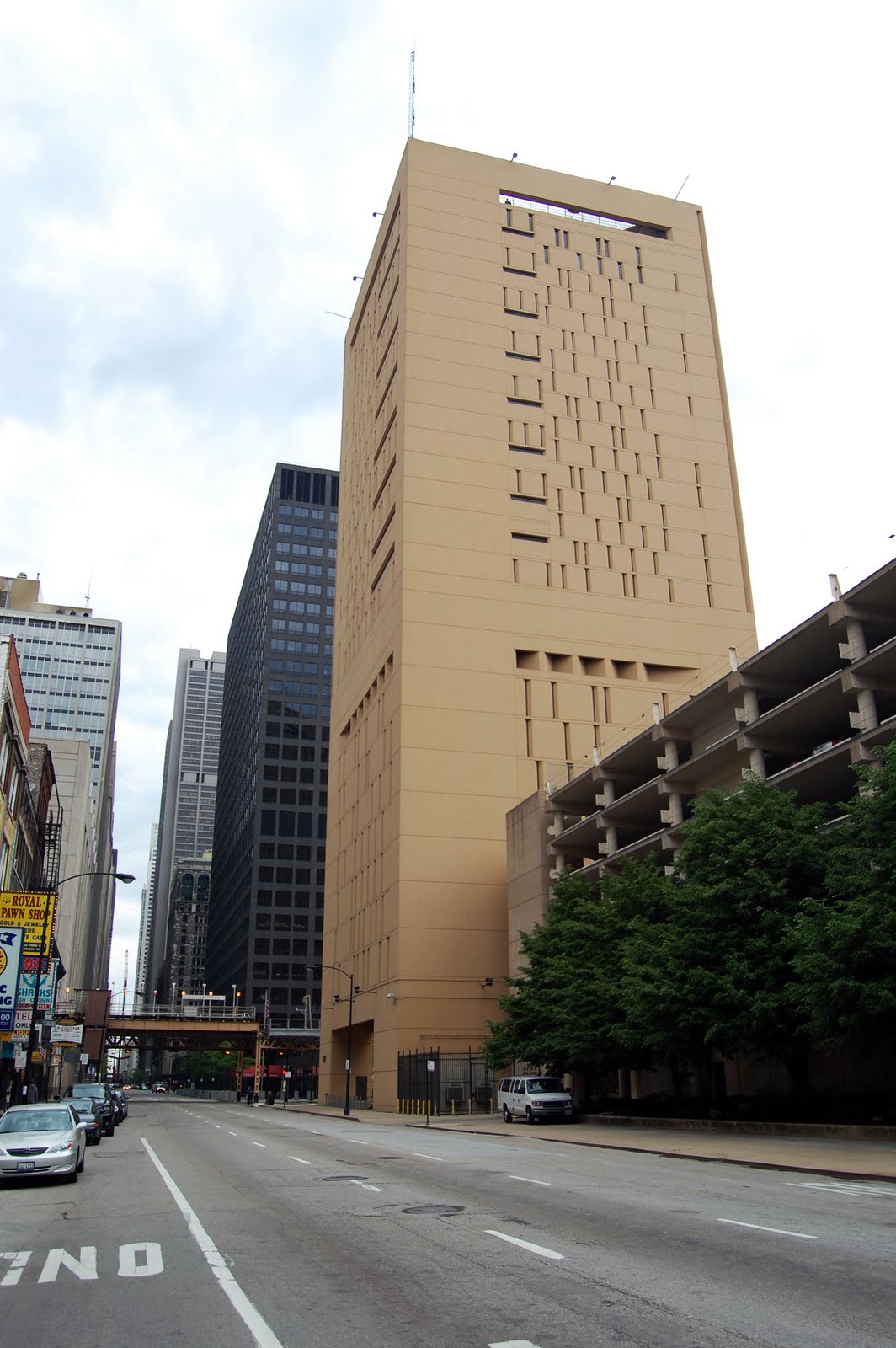The Inside Scoop: Exploring Life at the Federal Detention Center

Welcome to an insider's look at life within the Federal Detention Center system. The Federal Detention Center, part of the Administrative-Security Prisons category, plays a crucial role in the correctional system of the United States. Within this system, you will find a variety of facilities such as the Metropolitan Detention Center, Metropolitan Correctional Center, and Federal Medical Center. These establishments are designed to provide a secure environment for individuals awaiting trial or serving shorter-term sentences. Follow along as we delve into the unique experiences and challenges faced by those within the Federal Detention Center.
Facilities Overview
At the Federal Detention Center, various types of facilities cater to different needs. The Administrative-Security Prisons provide a secure environment for inmates requiring higher levels of supervision. The Metropolitan Detention Center and Metropolitan Correctional Center house individuals awaiting trial or serving short-term sentences.
The Federal Detention Center stands out for its specialized services, offering a range of programs and resources to meet the diverse needs of its inmates. Additionally, the Federal Medical Center provides medical care and treatment to those requiring specialized attention and support.
Overall, the Federal Detention Center ensures a comprehensive approach to housing, security, and rehabilitation, with each facility playing a crucial role in the daily operations and inmate management.
Daily Routine
In the Federal Detention Center, the daily routine is structured and designed to maintain order and security. Inmates typically wake up early in the morning for breakfast, after which they engage in scheduled activities such as work assignments, educational programs, or recreational time. This structured routine helps to create a sense of predictability and order within the facility.
Throughout the day, inmates are expected to adhere to set schedules for meals, recreation, and other activities. This structured approach helps to ensure that all inmates have access to necessary resources and services while also maintaining safety and security. Inmates may also have access to medical appointments or counseling sessions as part of their daily routine.
In the evenings, inmates are typically given time for personal activities such as reading, writing letters, or watching television. The day ends with lights out at a designated time, signaling the end of the day's activities and the start of rest period. Continue reading helps to establish a sense of normalcy and structure for inmates within the Federal Detention Center.
Rehabilitation Programs
Rehabilitation programs are a crucial aspect of life at the Federal Detention Center. These programs aim to help inmates address underlying issues that may have led to their incarceration. From substance abuse treatment to educational courses, the center offers a variety of programs tailored to individual needs.
One of the key rehabilitation programs at the Federal Detention Center is vocational training. Inmates have the opportunity to learn new skills and trades that can help them secure employment upon release. By providing vocational training, the center aims to increase inmates' chances of successful reintegration into society.
In addition to vocational training, the Federal Detention Center also offers mental health counseling and therapy services. These programs are essential in addressing the psychological and emotional needs of inmates, helping them work through past traumas and develop coping mechanisms for the future.

